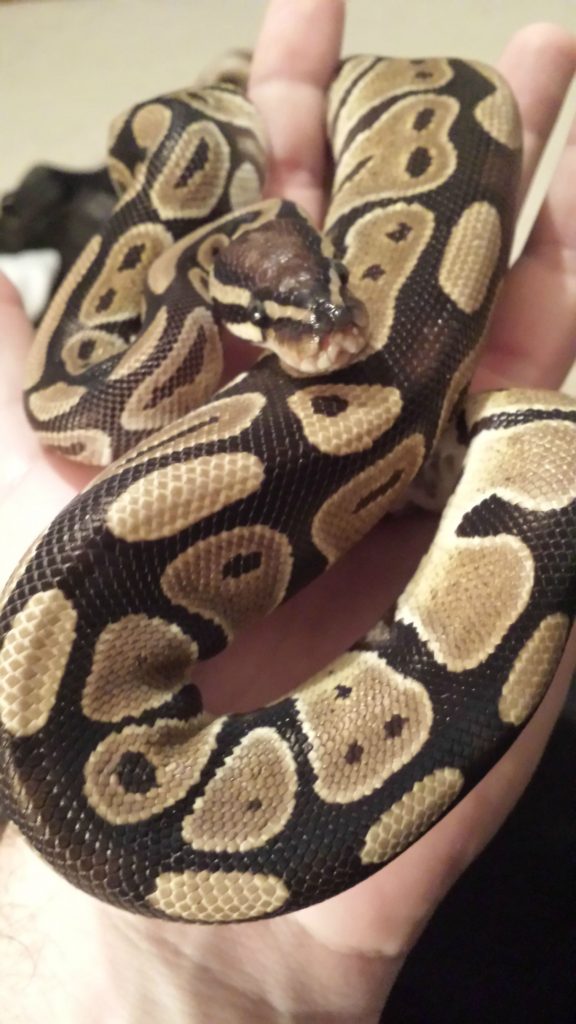If you’re a pet snake owner, it’s important to know how to tell if your snake is dehydrated. Dehydration is a serious condition that can have a significant impact on a snake’s health and wellbeing. In this article, we’ll take a look at the early warning signs of dehydration in snakes and how you can prevent and treat it.
Signs of Dehydration in Snakes
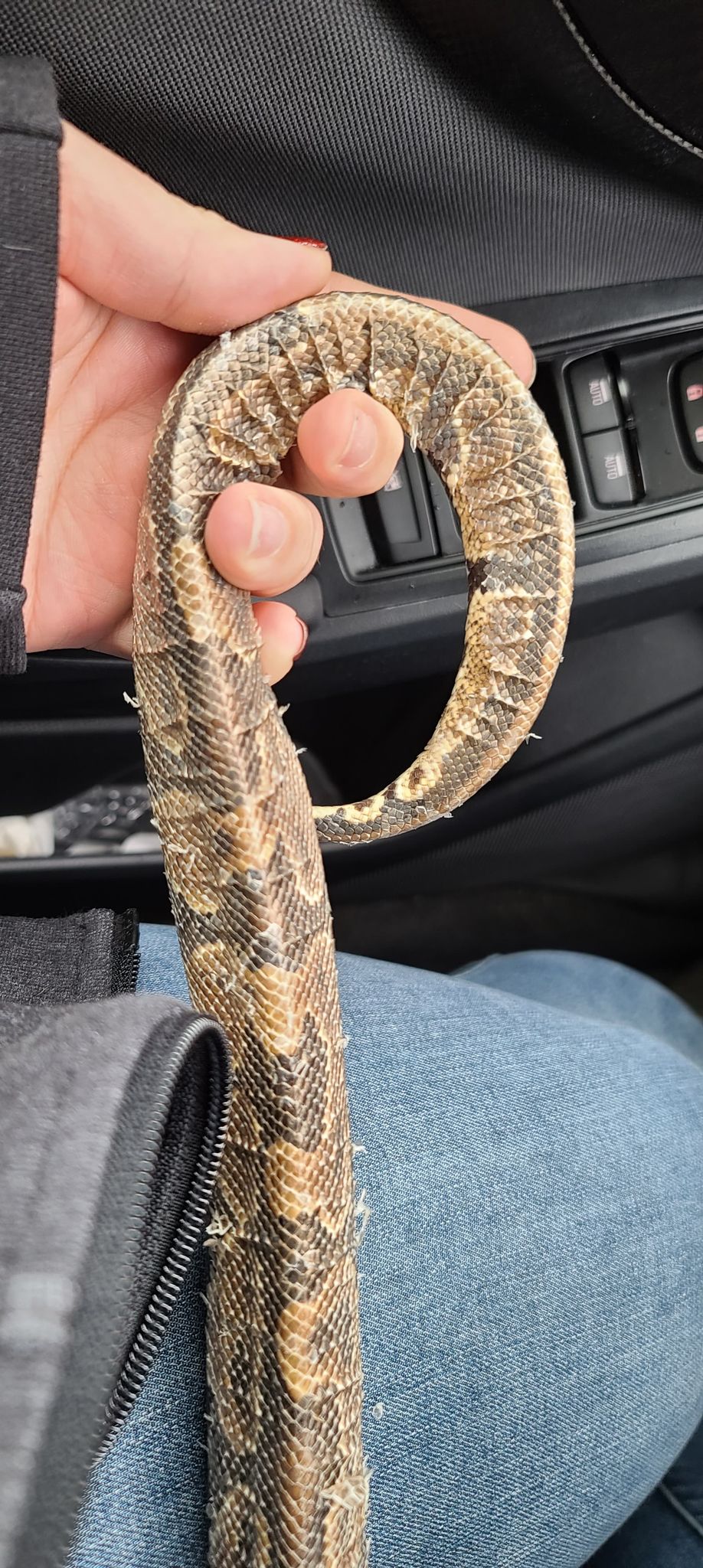
- Reduced skin elasticity
- Lethargy or lack of energy
- Inactivity
- Weakened muscle tone
- Sunken eyes
- Sunken scales
- Dry, wrinkled skin
- Darkening of the skin
- Lack of appetite
- Weight loss
Changes in Skin Condition
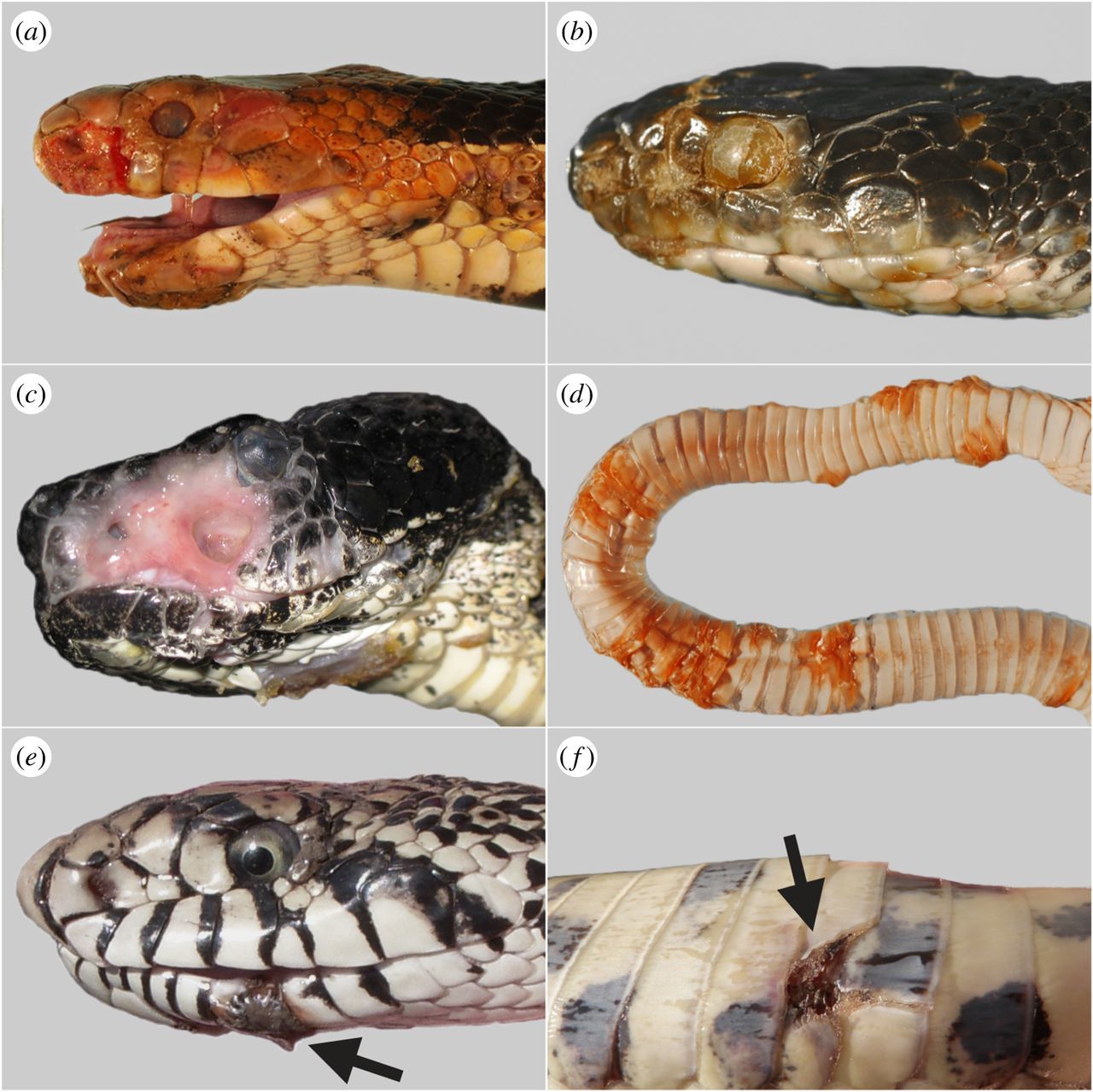
Dehydration in snakes can be identified by examining the skin. The skin should feel supple and elastic, with a slight sheen. If the snake is dehydrated, the skin will be dry and flaky, and appear loose or wrinkled on certain parts of the body. If the snake has shed its skin, the shed skin may become brittle or dry and flaky.
Changes in Eating Patterns
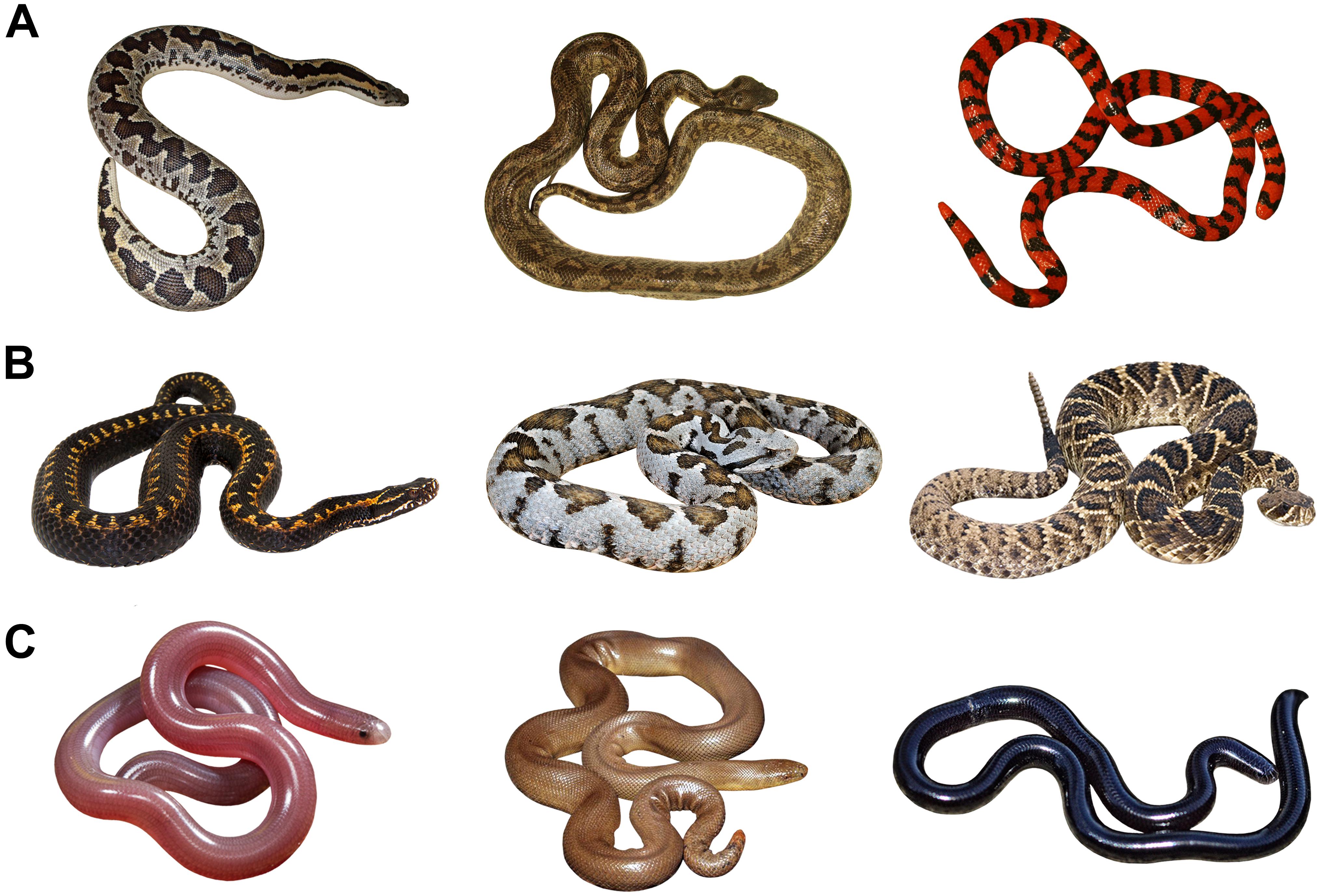
If a snake is dehydrated, it may stop eating or eat less than usual. Food that has been offered may remain uneaten, or the snake may eat very slowly. The snake may also become picky and refuse certain prey items. These changes in eating patterns may be the result of a decrease in energy, difficulty swallowing due to lack of saliva, or difficulty digesting food due to dehydration.
Changes in Urination
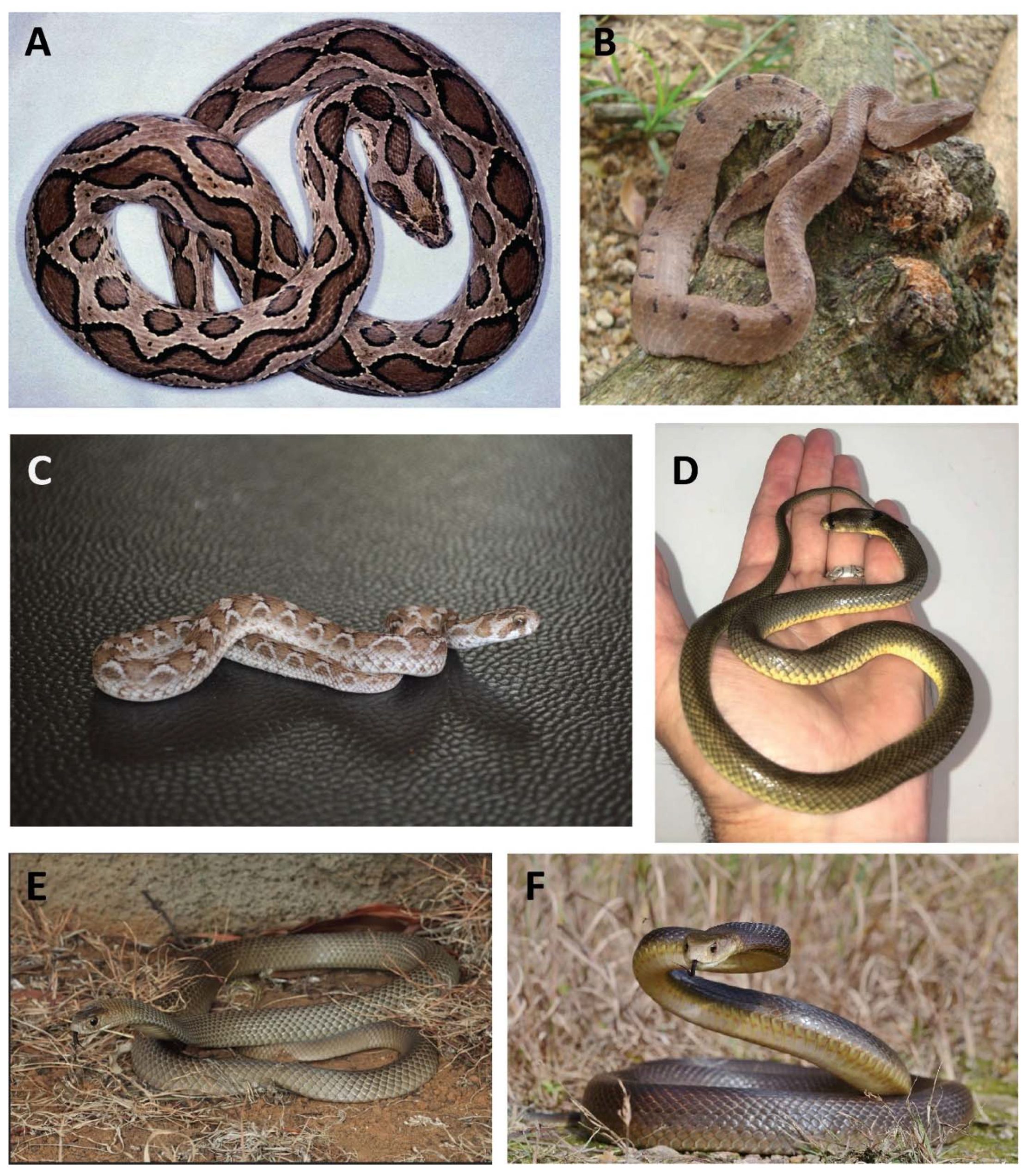
- Decrease in the frequency of urination
- Darker color of urine
- Urine appears cloudy or opaque
- Smaller volume of urine
- Urine with a strong odor
Changes in Shedding
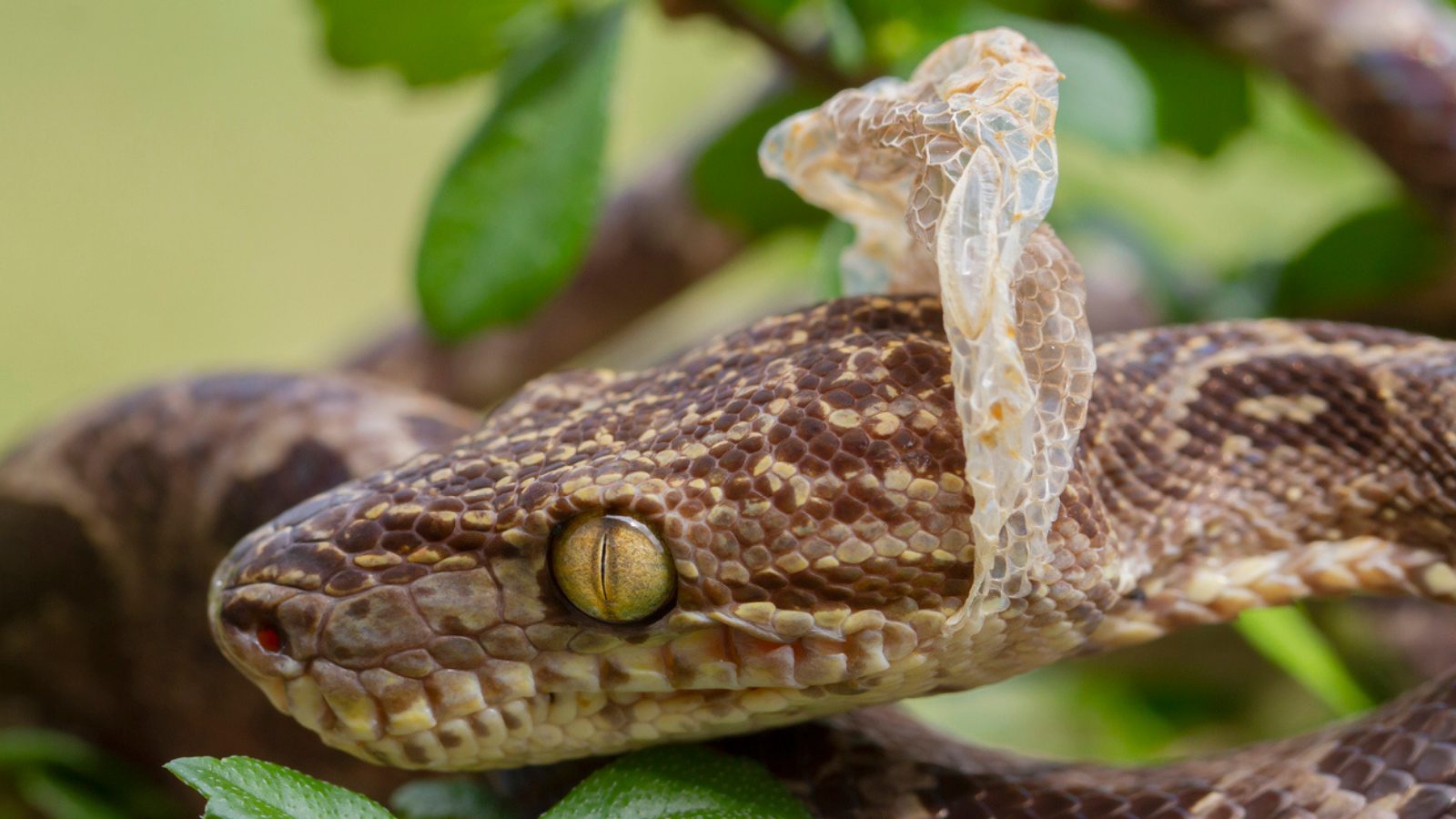
Snakes typically shed their skin in one piece. When dehydrated, however, they can have difficulty shedding. This can be indicated by the snake having difficulty shedding its skin, or by shedding its skin in multiple pieces. Dry, brittle skin can also be a sign of dehydration. If you notice any of these changes, it is important to provide your snake with fresh water and contact a veterinarian for further assistance.
Causes of Dehydration in Snakes
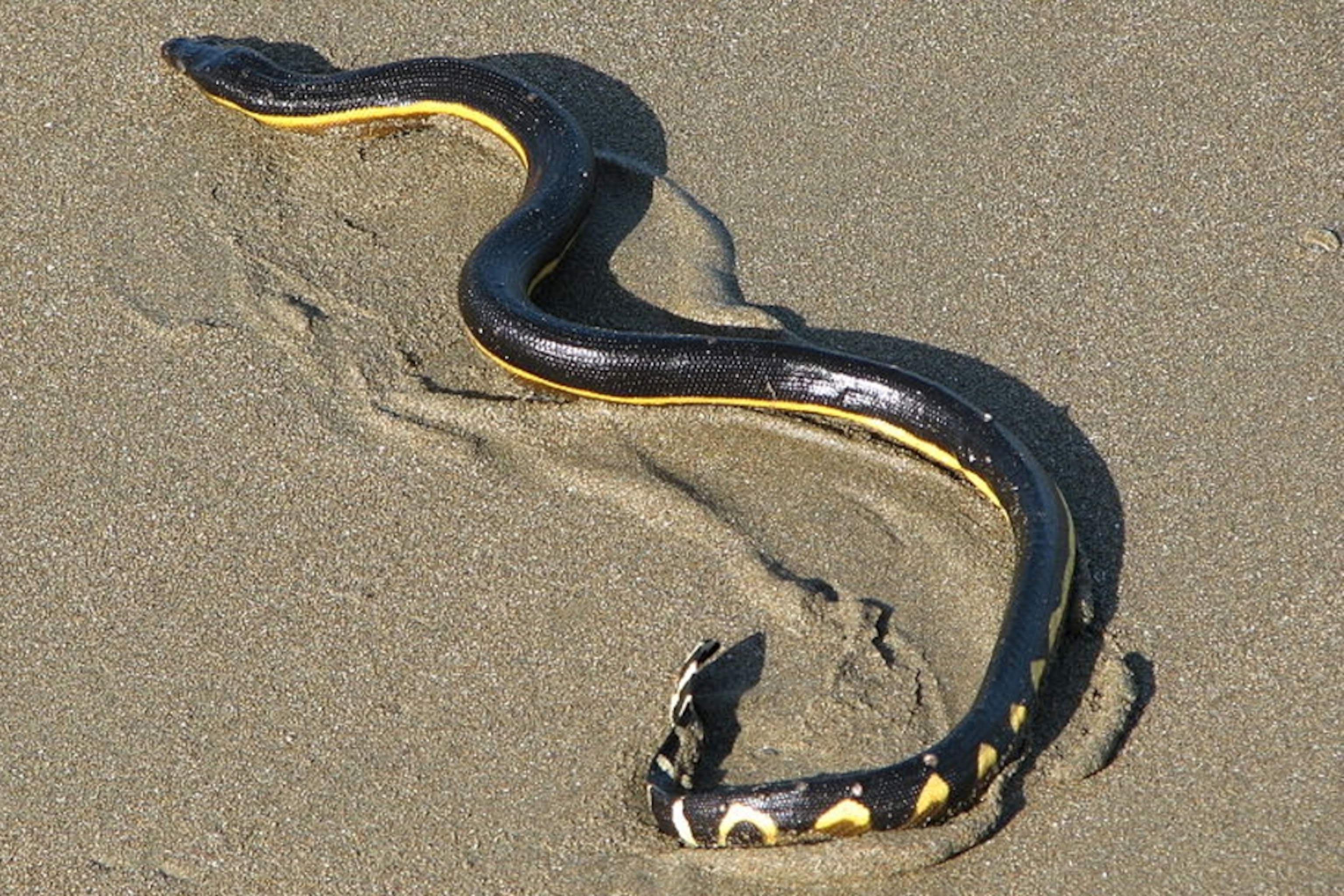
- Inadequate water supply
- Inability to drink or access water
- Environmental conditions that are too hot or dry
- Insufficient humidity
- Inadequate access to drinking water due to improper cage placement
- Inadequate husbandry, such as not providing a water bowl
- Inadequate nutritional diet, leading to increased water loss
- Parasites, such as ticks, that draw out the snake’s fluids
- Disease or illness, such as metabolic bone disease
- Inappropriate substrates, such as sand, that absorb water
Hot Temperatures
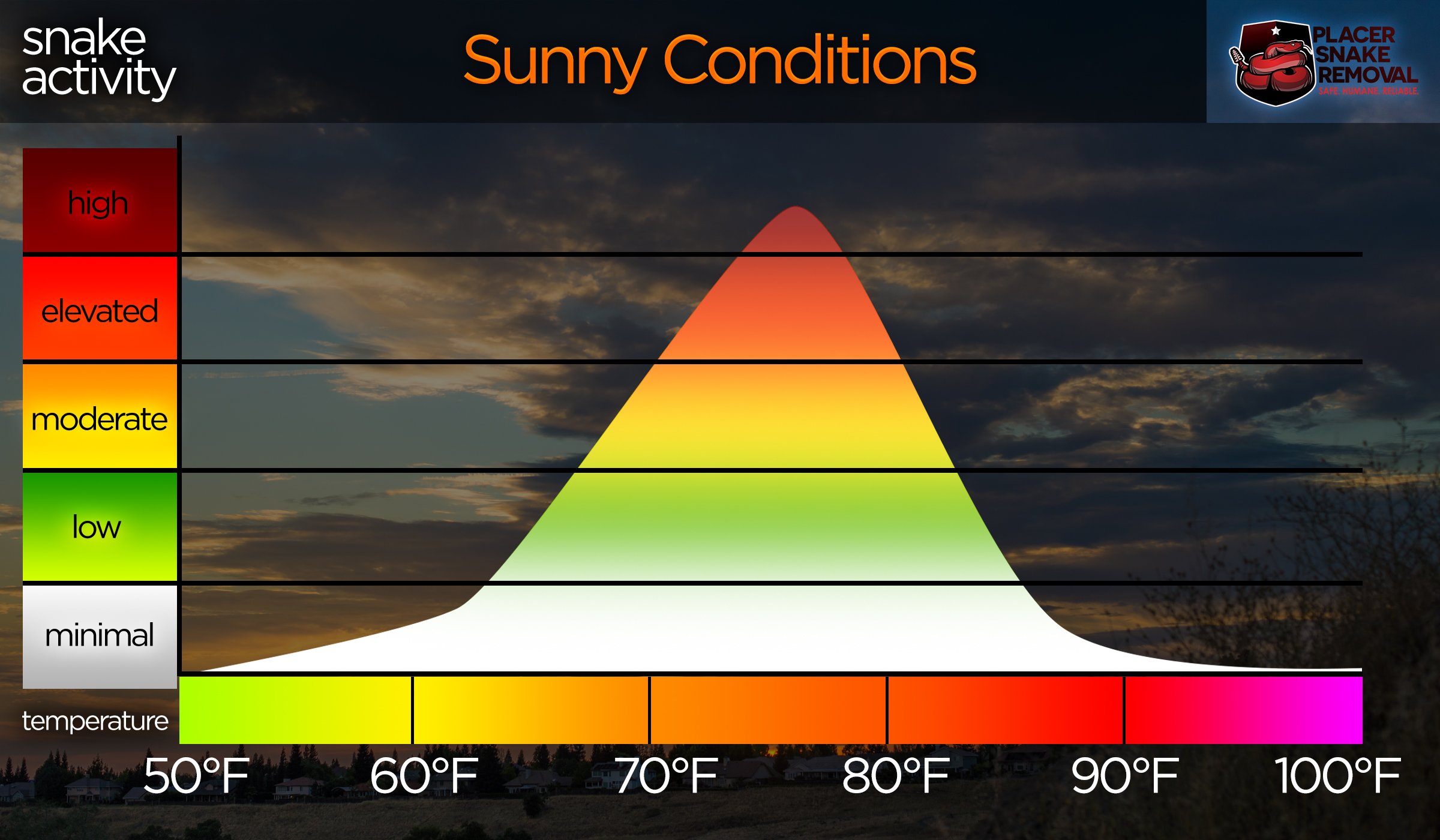
| Signs of Dehydration | What to Look For |
|---|---|
| Skin Elasticity | Skin should be slightly elastic and have a slight sheen. If skin is dry and shriveled, it may indicate dehydration. |
| Hot Temperatures | When temperatures are high, snakes can become dehydrated quickly. When handling a snake, feel for heat radiating from their body. |
Lack of Water
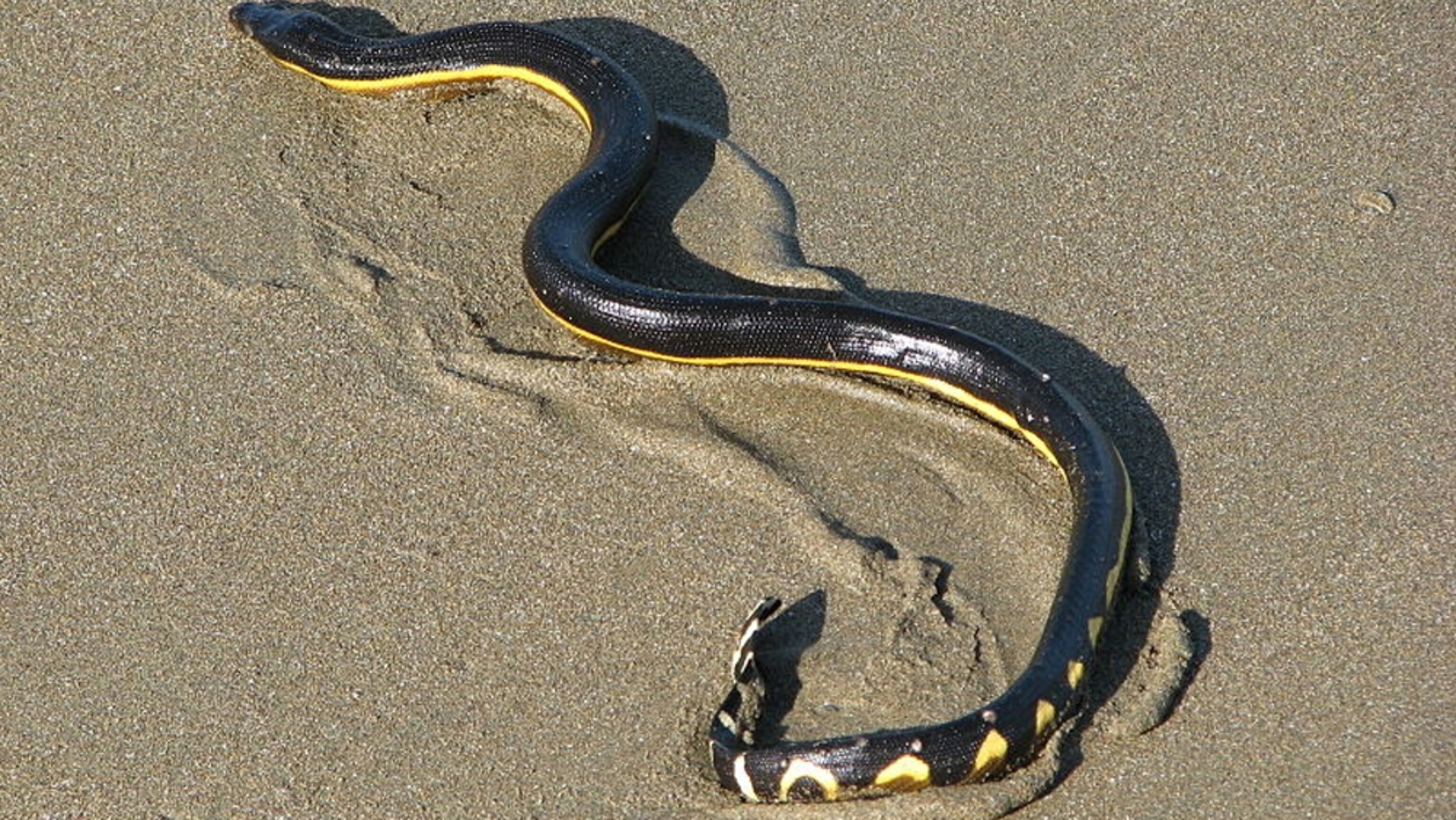
| Signs of Dehydration | Description |
|---|---|
| Skin Elasticity Test | Gently pinch the skin between two fingers and release. Hydrated skin will immediately snap back into place, while dehydrated skin will stay in a pinch. |
| Lethargy | Snakes that are dehydrated will often be sluggish or lethargic. |
| Reduced Appetite | A dehydrated snake may not show any interest in food or water. |
| Sunken Eyes | Due to lack of water, the eyes may appear sunken and dry. |
Illness or Injury
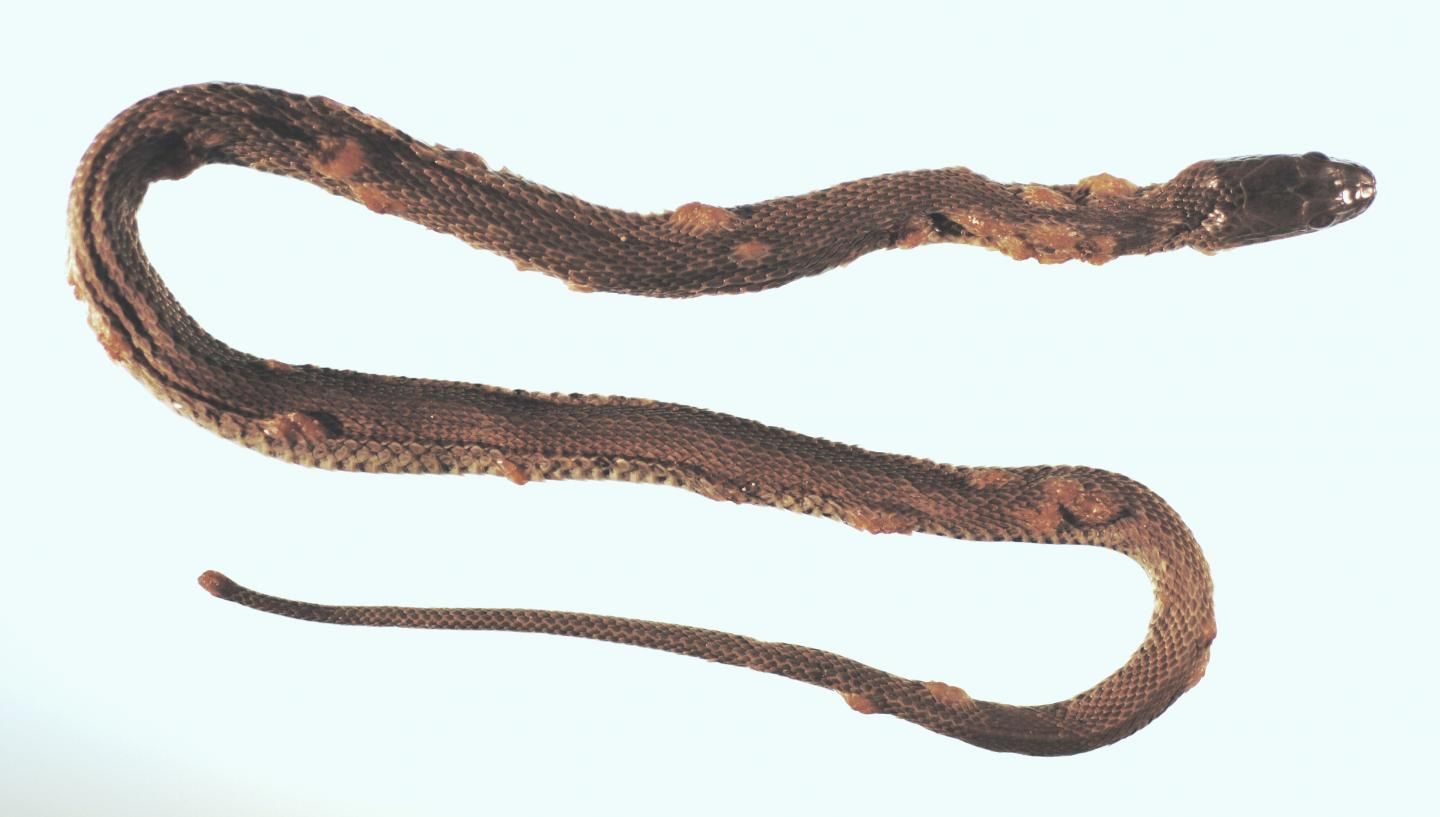
If a snake shows any signs of illness or injury, it is likely dehydrated. Look out for wounds, lacerations, external parasites, abscesses or any other signs of trauma. If the snake has difficulty moving, has swollen joints, or is lethargic, it may also be dehydrated. Check the snake’s mouth for any sores or discoloration, which can indicate an infection. If the snake is having trouble swallowing or its tongue is swollen, it could be dehydrated.
Diagnosis
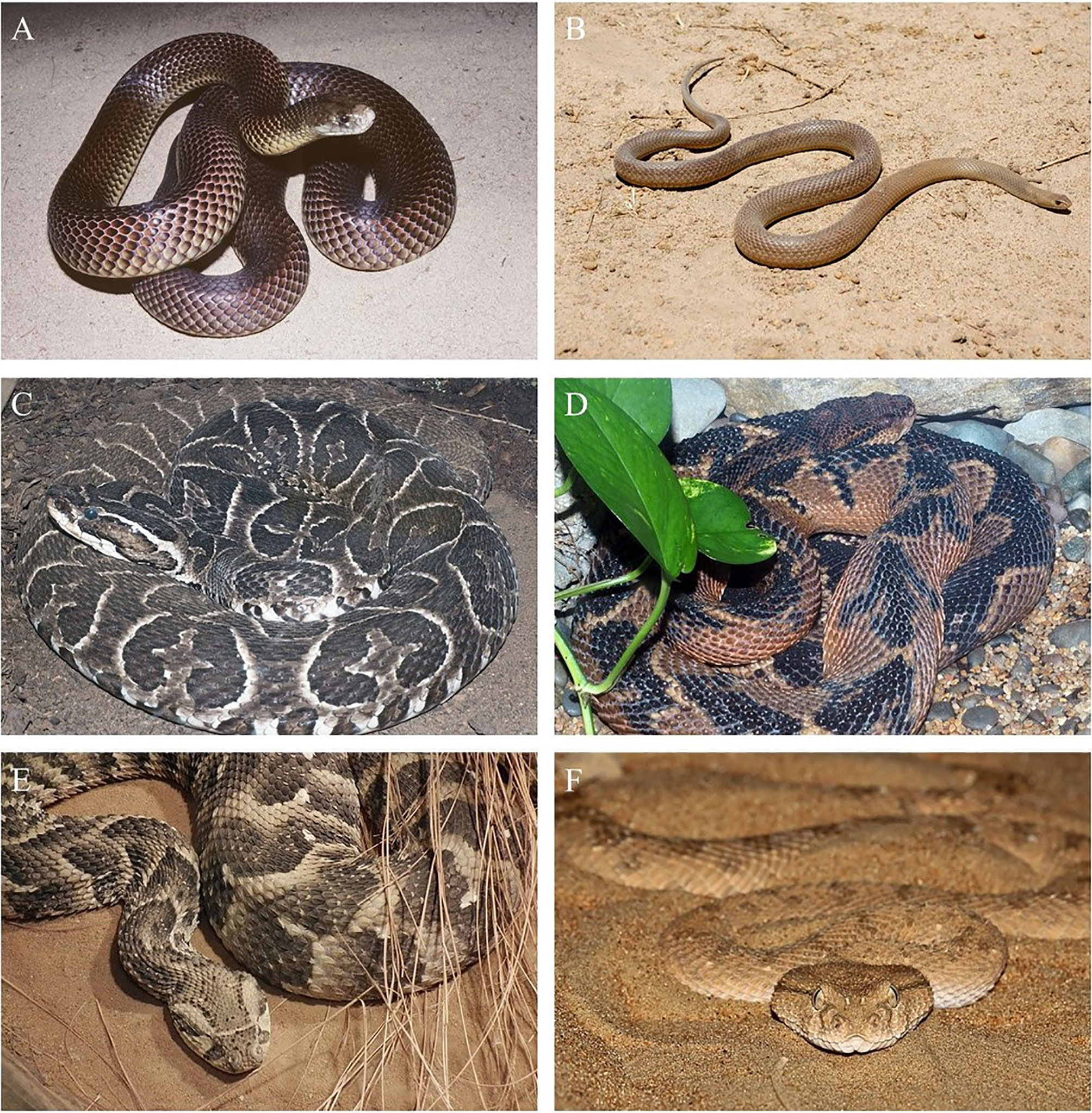
- Check for sunken eyes, a sign of dehydration.
- Check the snake’s skin for wrinkles or sagging.
- Examine the snake’s body for any weight loss.
- Look for any signs of lethargy or lack of appetite.
- Check the snake’s feces for dryness and lack of moisture.
Treatment
| Step | Description |
|---|---|
| 1 | Identify the cause of dehydration and treat it. |
| 2 | Provide the snake with a shallow bowl of water. Ensure the water is not too deep. |
| 3 | Bathe the snake in lukewarm water for 15-20 minutes. This will help rehydrate the snake. |
| 4 | Feed the snake with a small portion of food. This will help the snake replenish lost energy. |
| 5 | Monitor the snake for any signs of improvement. If the snake does not improve, consult with a veterinarian. |
Prevention
To prevent dehydration in snakes, owners should ensure that the snake has access to a clean water bowl that is replaced regularly and kept away from direct sunlight. Additionally, the snake’s tank should be kept at a steady temperature that is appropriate for the species. Owners should also provide a humid hide box in the tank, as well as regular misting with a spray bottle. Finally, owners should make sure to feed the snake a balanced diet that is appropriate for their species.
Frequently Asked Questions
What are the early warning signs of dehydration in a snake?
Dehydration in snakes can be difficult to spot at first, but there are certain signs you can look out for. These include sunken eyes, a loss of elasticity in the skin, wrinkling and dryness of the scales, and a lack of interest in food. In addition, discolored feces may indicate dehydration, as well as a decrease in shedding. If any of these signs are present, it is best to seek veterinary care immediately.
What are the potential consequences of dehydration in a snake?
Dehydration can cause a snake to suffer from electrolyte imbalances, loss of appetite, organ failure, and even death if not treated quickly. It can also increase the risk of contracting parasites and other illnesses. In severe cases, dehydration can cause the skin to become dry and cracked, which can lead to infection or even shedding problems.
How can I ensure my snake is properly hydrated?
Provide your snake with a large bowl of fresh, clean water that is changed regularly. Make sure the bowl is large enough for your snake to submerge itself in, as they need to be able to regulate their body temperature. Place the bowl near the heat source, but not directly in the heat. Provide your snake with a humid hide box that has a damp substrate in it. This helps to provide an environment with higher humidity and absorbs odors. Monitor your snake’s water consumption and make sure it is drinking enough. If your snake is not drinking, soak it in warm water for 20 minutes at least once a week. Watch for signs of dehydration such as dry skin, sunken eyes, and decreased activity.
Are there any specific environmental conditions that can contribute to dehydration in a snake?
Yes, certain environmental factors can contribute to dehydration in snakes. High temperatures, low humidity, and too much light can all lead to dehydration. Additionally, if the snake is not able to access clean water, this can lead to dehydration as well. To prevent dehydration, it is important to create an environment that meets the snake’s needs.
What should I do if I suspect my snake is dehydrated?
If you suspect your snake is dehydrated, you should immediately take it to a reptile veterinarian for evaluation. The veterinarian will be able to determine if your snake is indeed dehydrated and provide treatment as needed. Additionally, you should ensure that your snake has access to clean, fresh water, and that the humidity levels in its enclosure are adequate.
Conclusion
Dehydration in snakes is a serious health concern and can be life-threatening if not treated promptly. Early detection and treatment are key to avoiding long-term health issues. Regularly inspect your snake for early warning signs such as sunken eyes, dry skin, and a reduced appetite. If your snake is showing signs of dehydration, consult your veterinarian for an appropriate treatment plan.
